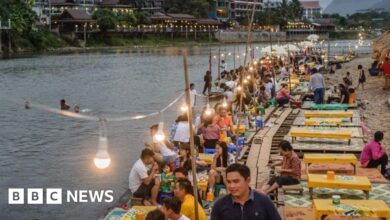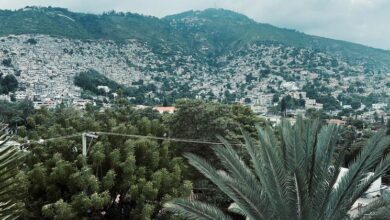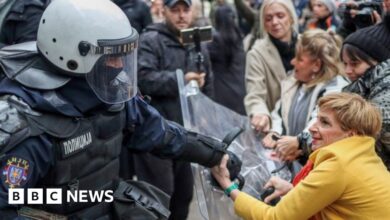First photographs capture the art and beauty of Indian monuments
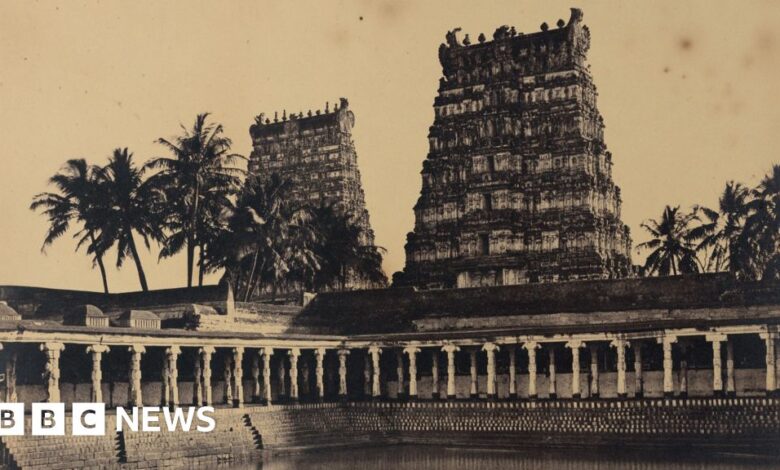
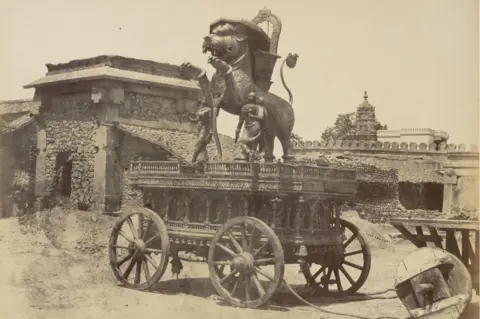 DAG
DAGA new exhibition in the Indian capital Delhi features a rich collection of early photographs of the country’s monuments.
Photographs from the 1850s and 1860s capture a period of experimentation when new technology encountered uncharted territory.
British India was the first country outside Europe to establish professional photographic studios and many of these early photographers gained worldwide acclaim.Photography was born in 1839..)
They mixed and transformed painting conventions, introduced new artistic traditions, and shaped the visual tastes of a wide range of audiences, from scholars to tourists.
While the work of leading British photographers often reflects a colonial perspective, the work of contemporary Indians reveals overlooked engagements with this story.
The photographs in the exhibition, titled Histories in the Making, are drawn from the archives of DAG, a leading art company. They highlight the important role that photography has played in shaping the understanding of Indian history.
They also contributed to the development of field science, promoting networks of knowledge and connections between political history, field work and academic disciplines such as archaeology.
“These images capture a moment in history when the British Empire consolidated its power in India, and documenting the subcontinent’s monuments was both a means of asserting control and a way to showcase the empire’s achievements to audiences in Europe,” said Ashish Anand, CEO of DAG.
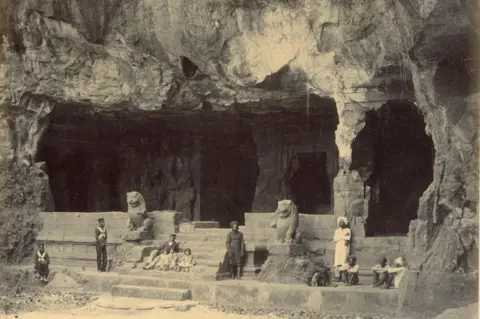 day
dayThis is a photograph of the Elephanta Caves taken by William Johnson and William Henderson.
The cave complex, a UNESCO World Heritage Site, is a group of temples primarily dedicated to the Hindu god Shiva in the state of Maharashtra.
William Johnson began his photographic career in Bombay (now Mumbai) around 1852, initially working as a daguerreotype photographer – the daguerreotype method was an early photographic process that produced a single image on a metal plate.
In the mid-1850s, Johnson partnered with William Henderson, a commercial film studio owner in Bombay, to form the firm of Johnson & Henderson.
Together they produced The Indian Amateur’s Photographic Album, a monthly series published from 1856 to 1858.
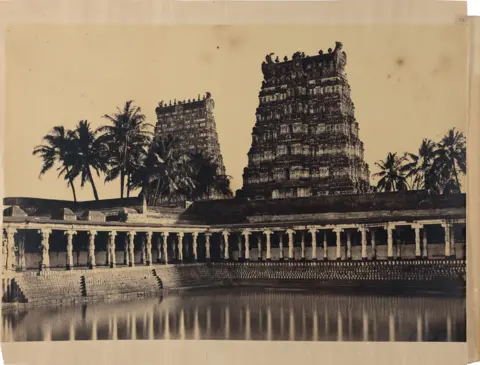 day
dayLinnaeus Tripe came to India in 1839 at the age of 17, joining the Madras regiment of the East India Company.
He began practicing photography and in December 1854 took photographs in the towns of Halebidu, Belur and Shravanabelagola.
Sixty-eight of these photographs, mostly temple photographs, were exhibited in 1855 at an exhibition in Madras (now a major city called Chennai), winning him a first-class medal for “the best series of photographs on paper”.
In 1857, Tripe became a photographer for the Madras Presidency – a former province of British India – and photographed locations in Srirangam, Tiruchirapalli, Madurai, Pudukkottai and Thanjavur.
More than 50 of these photographs were exhibited at the Madras Photographic Society exhibition the following year, where they were widely acclaimed as the finest exhibits.
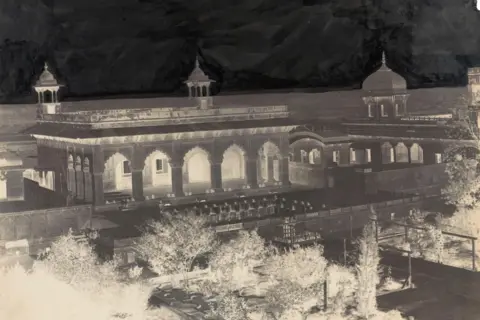 day
dayJohn Murray, a surgeon with the Bengal Indian Medical Service, began taking photographs in India in the late 1840s.
Appointed civil surgeon in the city of Agra in 1848, he spent the next 20 years conducting a series of studies on Mughal architecture in Agra and the neighbouring cities of Sikandra and Delhi.
In 1864, he created a comprehensive photographic series capturing the iconic Taj Mahal.
Throughout his career, Murray used negative film and the calotype process—a technique of creating a “positive” print from a negative—to create his images.
 day
dayThomas Biggs came to India in 1842 and joined the Bombay Artillery as a captain in the British East India Company.
He took up photography early and became a founding member of the Bombay Photographic Society in 1854.
After exhibiting his work at the Society’s first exhibition in January 1855, he was appointed government photographer to the Bombay Presidency, with the task of documenting architectural and archaeological sites.
He photographed Bijapur, Badami, Aihole, Pattadakal, Dharwad and Mysore before being recalled to military service in December 1855.
Biggs experimented with the calotype process, which produced a “positive” print from a negative print.
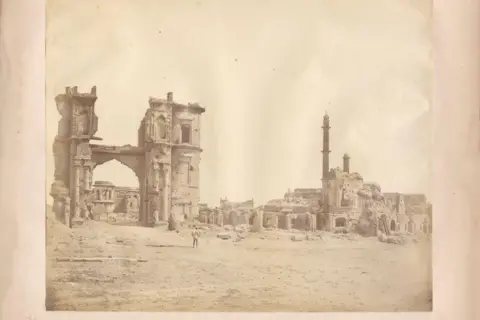 day
dayFelice Beato, one of the most famous war and travel photographers of the 19th century, traveled to India in 1858 to document the aftermath of the 1857 rebellion.
Indian soldiers, known as sepoys, rebelled against British rule, often referred to as the first war of independence.
Although the riot was nearly over when Beato arrived, he photographed its aftermath in an attempt to capture the urgency of the events.
He documented many cities deeply affected by the rebellion, including Lucknow, Delhi and Kanpur, with notable images of Sikandar Bagh, Kashmiri Gate and Kanpur barracks. His chilling photographs of the hanging of sepoys stand out for their stark imagery.
As a commercial photographer, Beato wanted to sell his work widely, spending more than two years in India photographing iconic locations. In 1860, Beato left India for China to photograph the Second Opium War.
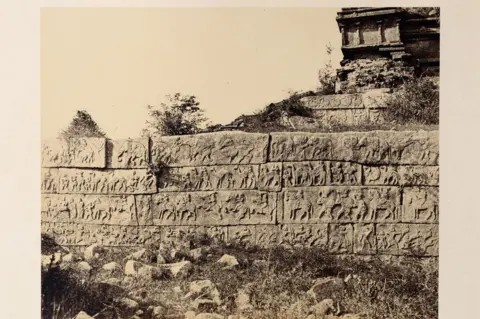 day
dayAndrew Neill, a Scottish doctor working in the Indian Medical Service in Madras, was also a photographer who documented ancient monuments for the Bombay Presidency.
His calotype works were featured in the 1855 exhibition of the Madras Photographic Society and in March 1857, and 20 of his architectural photographs of Mysore and Bellary were exhibited by the Bengal Photographic Society.
Neill also recorded Lucknow after the 1857 rebellion.
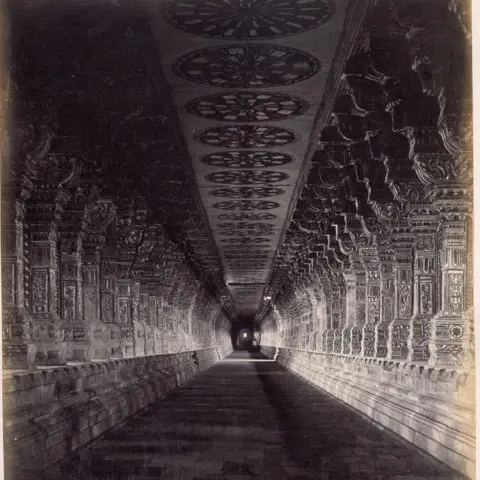 day
dayEdmund Lyon, who served in the British Army from 1845 to 1854 and briefly served as governor of Dublin County Military Prison, came to India in 1865 and set up a photographic studio in the southern city of Ooty.
Working as a commercial photographer until 1869, Lyon achieved considerable recognition, particularly with his photographs of the Nilgiris mountain range, exhibited at the Paris Exposition of 1867.
Together with his wife, Anne Grace, Lyon also documented archaeological sites and architectural artifacts in South India.
His work resulted in a remarkable collection of 300 photographs documenting locations in Trichinopoly, Madurai, Tanjore, Halebid, Bellary and Vijayanagara.
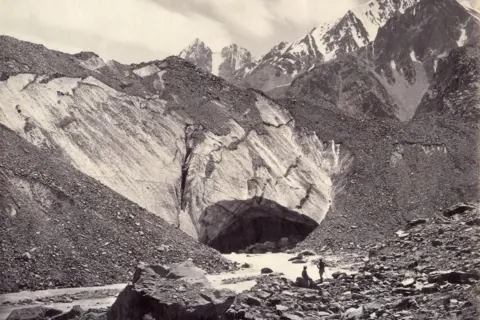 day
daySamuel Bourne’s stunning images of India, particularly from his Himalayan expeditions from 1863 to 1866, are among the finest examples of 19th-century travel photography. A former bank clerk, Bourne left his job in 1857 to pursue photography full-time.
Arriving in Calcutta (now Kolkata) in 1863, he soon moved to Shimla, where he partnered with William Howard to establish the Howard & Bourne studio.
Later that year, Charles Shepherd joined them, forming ‘Howard, Bourne & Shepherd’. When Howard left, the studio became ‘Bourne & Shepherd’, a name that would become iconic.
Bourne embarked on three major expeditions in the Himalayas, covering vast areas including Kashmir and the challenging terrain of Spiti. His 1866 photographs of Manirung Passat an altitude of over 18,600ft (5,669m), has received international acclaim.
In 1870, Bourne returned to England, selling his shares, although Bourne & Shepherd continued to operate in Calcutta and Simla. The studio, which later recorded the spectacular Delhi Durbar – the 1911 ‘Court of India’, an event that saw 20,000 soldiers marching or riding past the silk-robed Emperor and Empress – had a remarkable legacy that lasted 176 years before closing in 2016.



